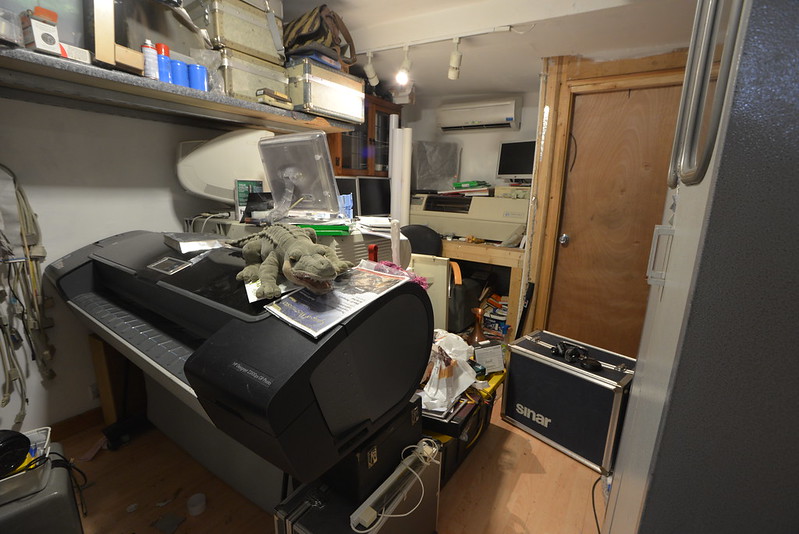Hi, Team,
I recently got into medium format film with the intention of being able to produce very large prints (like 30x40in images) that are beautifully sharp. I want to take portraits and landscapes, primarily. Of course I chose a Pentax 67 to help me accomplish that goal.
Provided everything with the exposure is spot on, what quality of a scan will I need to produce prints that large?
Before I researched the topic, I presumed that I could buy a scanner for a few hundred dollars to help me get the image quality I need out of my 120 film. I now think I was dead wrong. It looks like I will need to spend over $1000 to buy a scanner with that type or resolution.
I have a Canon 70D and a Canon Pixma Pro 100 that produces fantastic images together around 13x19 in. The whole reason I bought my Pentax system was to outclass the image quality I can already achieve dramatically.
So it looks like I may buy an Epson Photo model for every-day work, and end up scanning and printing my very large prints at a service. Please correct me if I am missing some fantastic budget option.
The Find Lab, for example, can scan 120 film in various resolutions. Anywhere from 3100x2475 px for $10 to 5994x4800 px for $17. These prices are for basic scans with no in-lab processing.
http://thefindlab.com/pricing-2/
What level resolution will I need to create very large prints? Does anyone have any suggestions for achieving these results inexpensively? Am I crazy? Should I sell all my gear and just go back to digital photography? :P
Thanks for your thoughts!


 Similar Threads
Similar Threads 












 Post #39 by tuco
Post #39 by tuco








